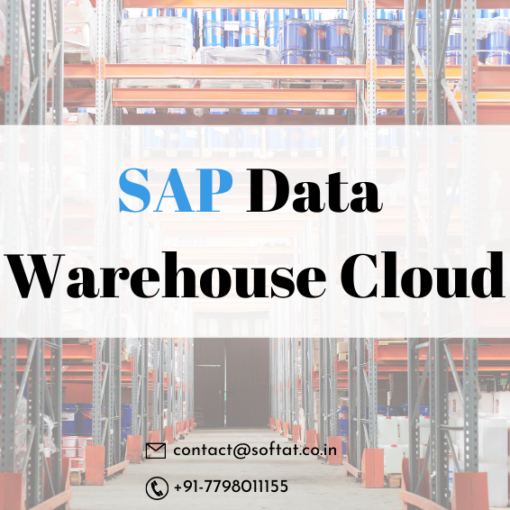In the ever-evolving world of enterprise software development, SAP continues to be a driving force behind innovation. One of the latest advancements in the SAP ecosystem is the ABAP Cloud Programming Model. This model brings a new level of agility and flexibility to SAP application development, offering developers a powerful toolset for creating modern, cloud-native solutions. In this blog post, we will explore the ABAP Cloud Programming Models, its key features, and how it is revolutionizing SAP development.
Understanding the ABAP Cloud Programming Model
The ABAP Cloud Programming Model is a framework designed to simplify and accelerate the development of SAP applications in cloud environments. It combines the proven reliability of the ABAP language with the scalability and flexibility of cloud computing. Here are some of the key components and features of this model:
- Core Data Services (CDS): CDS is at the heart of the ABAP Cloud Programming Models. It provides a declarative way to define data models and services, making it easier to create and manage data structures and business logic. CDS enables developers to define data models using a domain-specific language, reducing the complexity of database interactions.
- Managed Services: The ABAP Cloud Programming Models includes a range of managed services that simplify various development tasks. These services cover areas such as database persistence, authorization checks, and query processing. Developers can focus on building application logic while the platform takes care of these infrastructure-level concerns.
- Service Layer: With the ABAP Cloud Programming Model, developers can expose their data models as OData services, making it easy to consume and integrate SAP applications with other systems and applications. The service layer provides standardized endpoints for data access and manipulation.
- Multi-Tenancy Support: Multi-tenancy is a critical requirement for cloud-based applications. The ABAP Cloud Programming Models supports multi-tenancy, allowing developers to build applications that can serve multiple customers or business units on a shared infrastructure.
- Event-Driven Programming: Event-driven architecture is a central concept in modern application development. The model supports event-driven programming, allowing developers to build responsive and reactive applications that can handle events and triggers efficiently.
- Extensibility: Just like traditional ABAP development, the ABAP Cloud Programming Models supports extensibility. Developers can enhance and extend standard SAP applications without modifying their core code, enabling businesses to adapt to changing requirements without disruption.
Benefits of the ABAP Cloud Programming Model
Now that we have an overview of the ABAP Cloud Programming Model, let’s explore the benefits it brings to SAP development:
- Agility: The model’s focus on declarative development and managed services streamlines development workflows, reducing the time required to build and deploy applications.
- Scalability: Cloud-native applications can automatically scale based on demand, ensuring optimal performance even during peak usage.
- Simplified Data Modeling: CDS simplifies data modeling, making it easier to define data structures and relationships, reducing the complexity of database design.
- Standardization: The model promotes best practices and standardization in SAP development, ensuring consistency across projects.
- Integration: OData services make it easy to integrate SAP applications with other systems and services, fostering interoperability.
- Cost Efficiency: Cloud-based development often reduces infrastructure and maintenance costs, optimizing resource utilization.
Conclusion
The ABAP Cloud Programming Model represents a significant leap forward in SAP application development. It combines the reliability of ABAP with the agility of cloud computing, empowering developers to create modern, scalable, and extensible solutions. As businesses continue to embrace digital transformation and cloud adoption, this model will play a pivotal role in helping organizations stay competitive and responsive to evolving market demands. It’s a bright future for SAP development, with the ABAP Cloud Programming Model leading the way.





